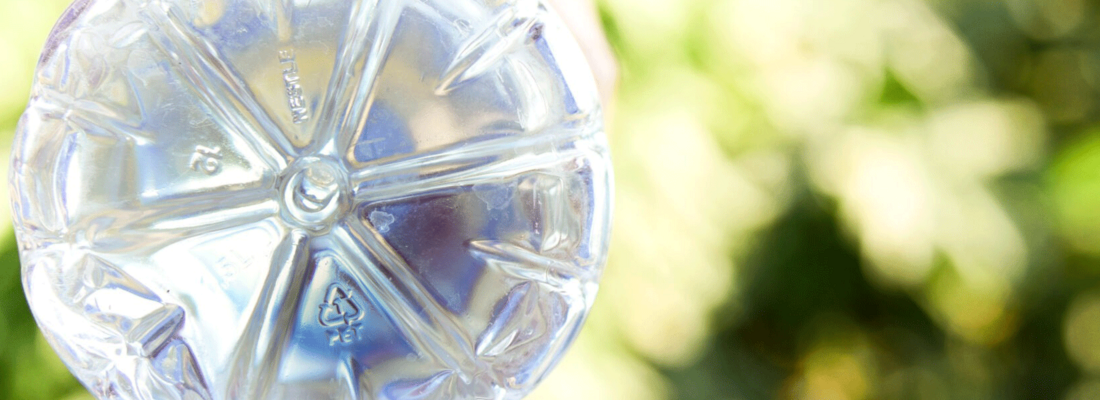The study highlights the transformative potential of ambitious and complementary circular economy approaches, including demand reduction, reuse, mechanical recycling and chemical recycling. By 2040 – compared to a continuation of historical trends – these measures could reduce overall PET/polyester consumption by one-third, waste volumes sent to landfill or incineration by ~70%, and greenhouse gas (GHG) emissions by half, while the supply of recycled content would be sufficient to meet the requirements of the draft Packaging and Packaging Waste Regulation (PPWR). Moreover, they could generate 28,000 net new jobs and an additional €5.5 billion per year in revenues for recycling industries.
Titled ‘Circular PET and Polyester: A circular economy blueprint for packaging and textiles in Europe’, the study outlines six priority actions needed to transform the PET/polyester system. These actions could slow consumption growth and establish complementary mechanical and chemical PET/polyester recycling systems that significantly increase recycling rates and the availability of high-quality recycled PET/polyester.
The findings come at a critical time, coinciding with the EU’s Single-Use Plastics Directive Implementing Act and the development of the draft PPWR. The study is the second in a series exploring circular economy pathways for PET/polyester in Europe, and builds on the first report with results from a comprehensive modelling excise and an action plan for stakeholders. It was developed under the guidance of an independent Steering Group comprising experts from the public sector, academia, civil society, and industry. The study was commissioned and funded by Eastman and Interzero.
Ben Dixon, Partner and Head of Materials and Circular Economy at Systemiq, said: "The PET and polyester market in Europe is in a green revolution – with new recycling technologies emerging, stretching targets for recycling and recycled content in bottles and other packaging, and fashion companies buying up recycled polyester from PET bottles. In this context, our study provides the first system-level analysis of how different circular economy solutions for PET and polyester could fit together to flatten demand growth, achieve high levels of reuse and recycling, and lower GHG emissions. The overall message is optimistic: we have the technologies and the policy momentum to build a circular PET/polyester system. Now, we need to scale up investment and action.”








